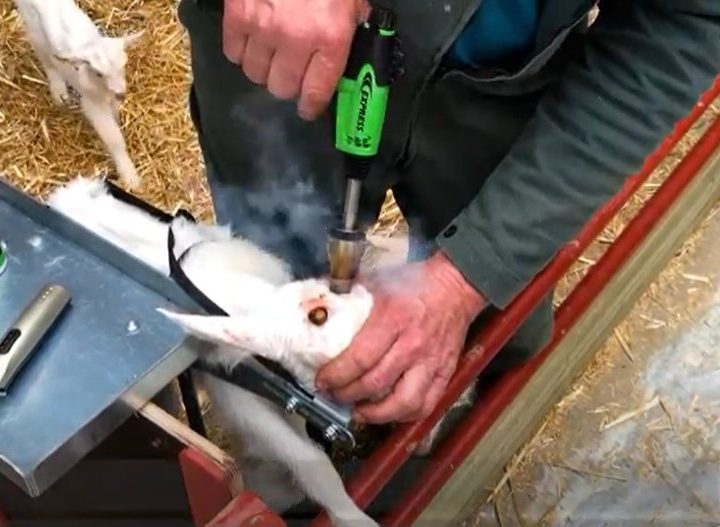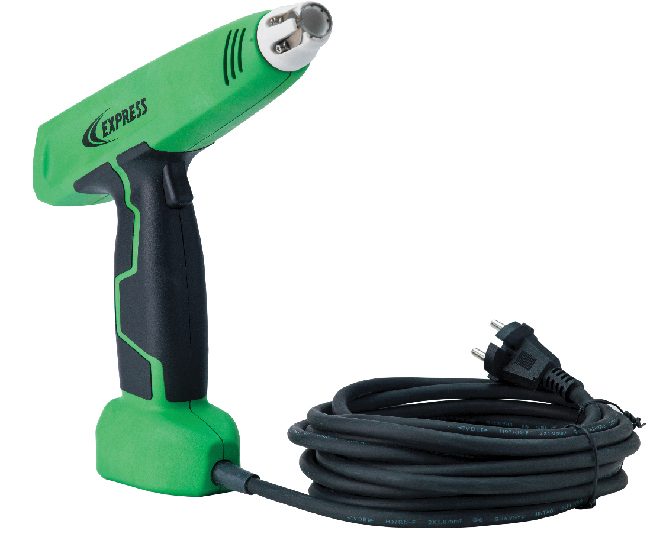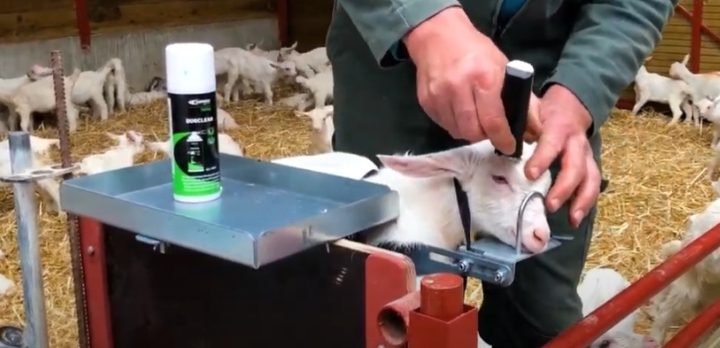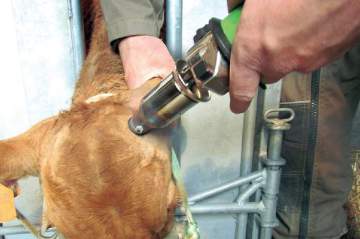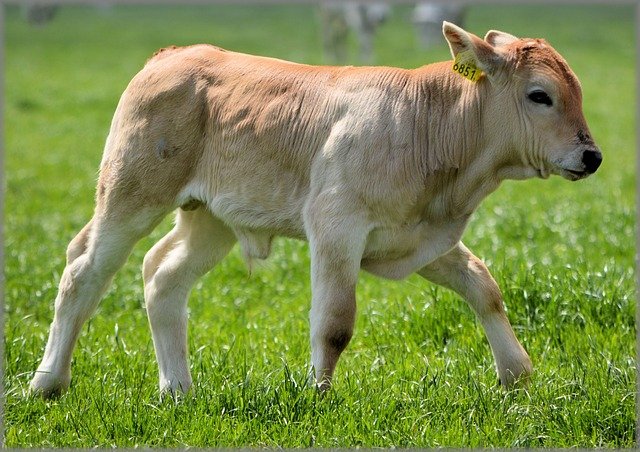
The dehorning of farm animals must be carried out at the right time and must be thermal rather than chemical, in order to avoid any suffering. Animals must be dehorned as early as possible, in any case before the age of 2 months. This prevents the horn bud from starting to weld to the skull bone and connecting to the frontal sinus. Here are the different scheduling possibilities for thermal dehorning.
Some precautions to take
The breeder chooses his schedule according to the importance of his breeding, as well as the logistics that this requires. It is obvious that if the animals are scattered in different pastures, the organisation is not the same as if the animals are in the barn, or in a nearby meadow.
It is strongly recommended to use a restraint cage that allows you to act easily, precisely and efficiently. The horn bud area must be systematically shorn. This makes it easy to locate the horn bud but also limits untimely burns if the animal moves.
Each surgical area must be anesthetized by injection before proceeding. Once dehorning is completed, the wound must be disinfected to avoid any risk of infection. An analgesic ointment avoids any pain to the animal.
Finally, healing should be closely monitored in the days following thermal dehorning.
Thermal dehorning while looping
Thermal dehorning can be carried out while looping, i.e. on calves less than 5-15 days old. As the animal is very young, the surface area for cauterisation is minimal.
However, this period has some drawbacks:
- the operation is for a single calf, which takes longer than a grouped operation:
- the horn bud is sometimes still difficult to spot, even after shearing;
- the breeder has to be careful about safety, because the mother may have a protective reaction;
- stress is significant for the animal that is not yet used to being handled.
Thermal dehorning at less than 4 weeks old
For practical and time-saving reasons, the farmer can set one day per month during which he will process all the calves. This ensures that only animals under 4 weeks of age are used.
At this age, the cauterization zone remains limited and the horn bud is easily identifiable after shearing in calves over two weeks of age. This is remains uncertain in the younger age group.
One of the disadvantages of this method is that animals of quite different ages have to be treated, which may require changing the tip of the thermal dehorner. Indeed, the tip must be adapted to the size of the horn bud to be perfectly effective and not create a burn that is too extensive.
On the other hand, if the farm is large and the calves are grouped together, the operation can take a long time with a large number of animals, which poses logistical problems.
Thermal dehorning at an age set between 3 and 4 weeks
Dehorning at the age of 3 to 4 weeks is the best time. The horn bud is clearly visible and the health risks are less. The calf is still very young, already familiar with human contact and easy to handle.
This solution has many advantages:
- clearly visible horn bud;
- animal easy to control;
- stress for him and his mother reduced;
- early intervention;
- limited cauterization zone and rapid healing.
This schedule makes it possible to group the animals by age and to dehorn by batch, without being too overwhelmed for large farms. Operating on animals of fairly similar ages is practical and time is better managed.


